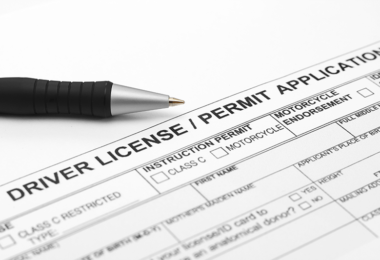Home / Modules / Components / GDL for all novice drivers younger than 21 / Implementation activities
Implementation activities
- Gather data to count (if data are available) or estimate the number of beginning drivers in the state aged 18 or older that are aging out of GDL requirements or bypassing them entirely. This population is likely to be quite substantial, and gauging its size can help to motivate action.
- Determine the involvement of young drivers aged 18 to 20 years that are involved in a fatal or serious injury crash as well as total crashes, at-fault crashes and traffic convictions to provide insight into the magnitude of potential crash reductions.
- Conduct a comparative analysis of drivers who did and did not go through GDL to demonstrate the effectiveness of the GDL program.
- Identify any relevant survey data or conduct a survey that may provide insight into potential or actual support for the application of GDL requirements to older novice drivers among either young people age 17 to 20, or parents of these drivers. In general, surveys have indicated that the application of GDL to older novices is likely to be a popular policy.
- Explore the perspectives of political officials, agency administrators, and managers of young driver programs to assess consensus regarding the appropriate age of young novice drivers who should be subject to GDL requirements. To this end, a national expert panel convened by TIRF as part of the GDL Framework project agreed that limiting GDL to novices younger than 21 is more readily achievable for many states, and that this approach would still include a sizable portion of the older novice driver population.
- Consider the range of options that can be used to apply GDL to older novices in terms of the ages that should be included, appropriate restrictions, and what policies should be applied. Again, New Jersey is the most developed model of practice. Their system was shown to reduce crashes among 18 year-olds, and a survey indicated that more than three-quarters (77%) of New Jersey residents aged 17 to 19 years approved of this policy.





